With the advent of Covid-19, the future of education has become a hot topic of debate. Experts are engulfed in brainstorming sessions to re-imagine the future. While many believe that a blended method of face to face and online learning will be the best way, there is no concrete solution to it as of now. In this case, self-learning can be a useful method. Although in practice for long, it lacks proper institutional support for the success it deserves. This simply does not mean a platform, such as the SWAYAM, run by the Government of India, but a proper channel and structure to help the students to be benefitted from the loosely-structured method. This, in fact, complements the New Education Policy, 2019, which emphasises greatly on the creative purpose and individualisation of education.
In our modern age of technology, self-learning has become the new model of learning methods. Experts have listed several benefits of self-learning. The first and foremost benefit of it is that it helps us to understand the problem on our own and thus look for its immediate solutions. This can be through seeking helps from peers, from internet exploring various other means. Further, this helps in research skills, as it requires us to search for solutions.
In addition to that, this proves to be a stress-free process of learning. As students can use their own time to learn something and the emphasis remains on the process rather than outcome, there will less pressure on them. Students would be more curious to learn what they want to, rather than what they are expected to. Say, for example, a student learns to solve a problem on her own and internalises it differently from her own classmates, she will be more creative.
Although in our time learning has become axiomatic to ‘memorising’ and ‘getting ready for the job market’, the process of learning was always driven by the quest for knowledge and satiation of thirst. Self-learning is the best method to ignite curiosity within, facilitated by outside sources. This not only deepens the knowledge but also expands the horizon of it. At the same time, while learning on your own, a student also learns various other skills in the process like time management, self-assessment, and setting your own goals, important skills that can be applied in life generally.
How does Self-Learning stand complementary to the government’s policy imagination? In the New Education Policy, the 2019 draft by the Government of India envisages a creative way of learning, to be facilitated by critical engagement. As Self-Learning is driven by a student’s curiosity, her inner knack and interest get manifested in the process of learning. The NEP also observes, “unfortunately, the current nature of examinations - and the resulting coaching culture of today - are doing much harm, especially at the secondary school” and it replaces valuable time of learning with excessive examination and preparation. Traditional methods of assessment, where a hundred students are evaluated based on a similar pattern of question papers, it only ‘assess one’s ability to regurgitate information’. It not only hampers a student’s creativity but also put a tremendous amount of pressure on minds. With Self-Learning, assessment of a student is focused on the student’s criticality and ability to engage with a problem.
This article is compiled by QS I-GAUGE.
Sources
https://www.brightermonday.co.ke/blog/self-learning/
https://www.kumon.co.uk/blog/why-self-learning-is-important/


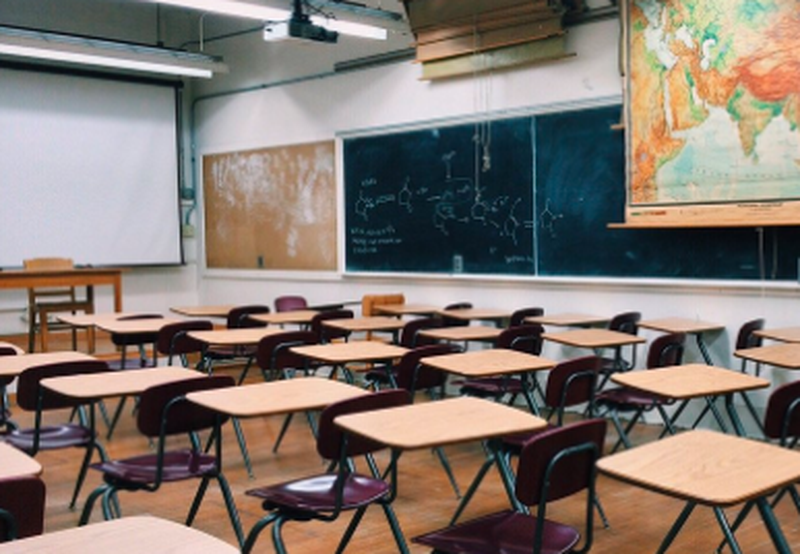

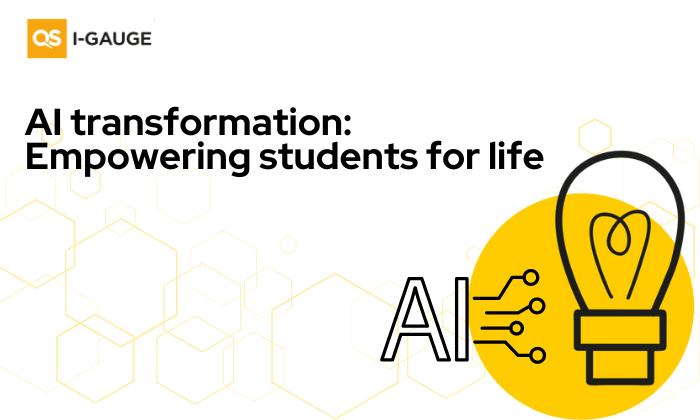
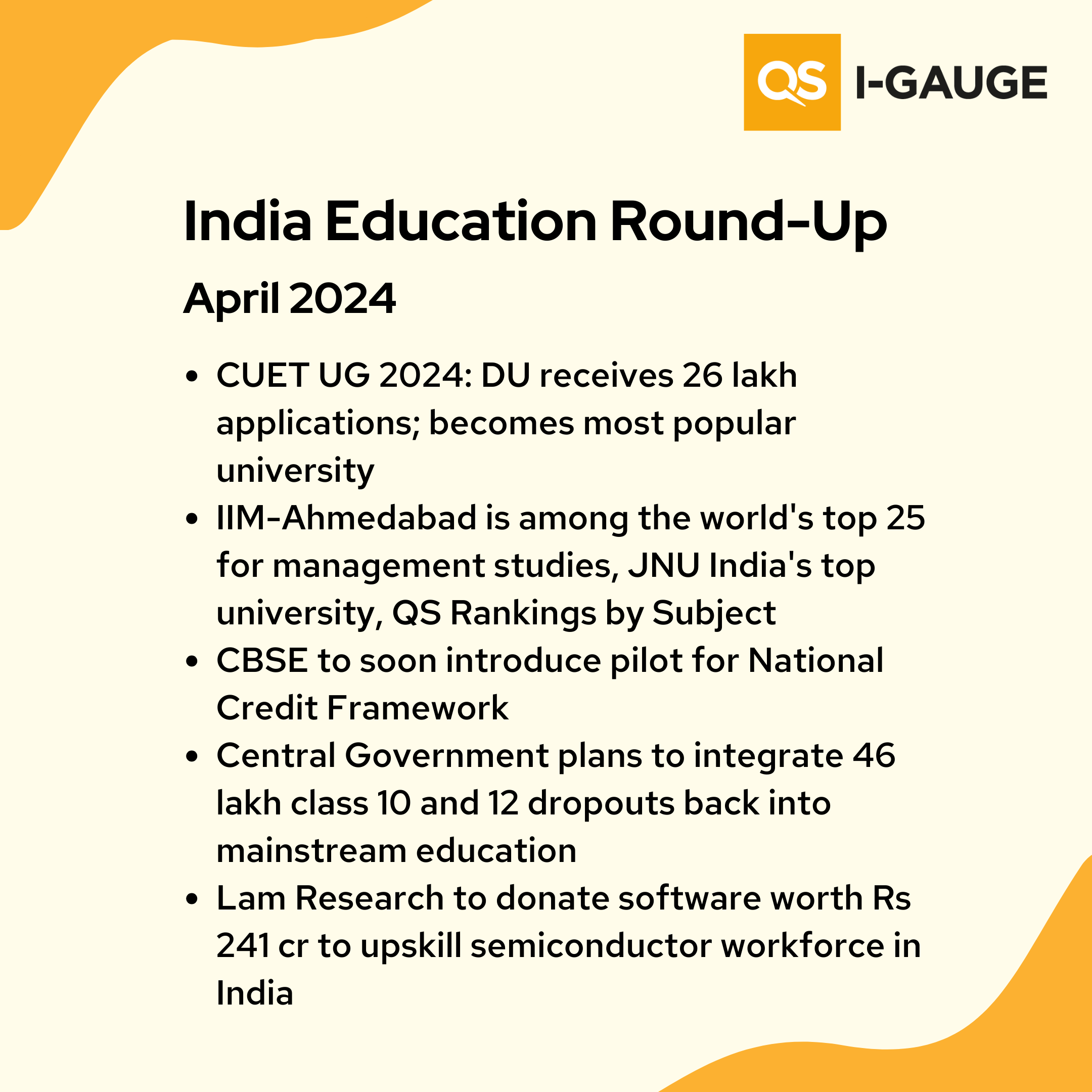
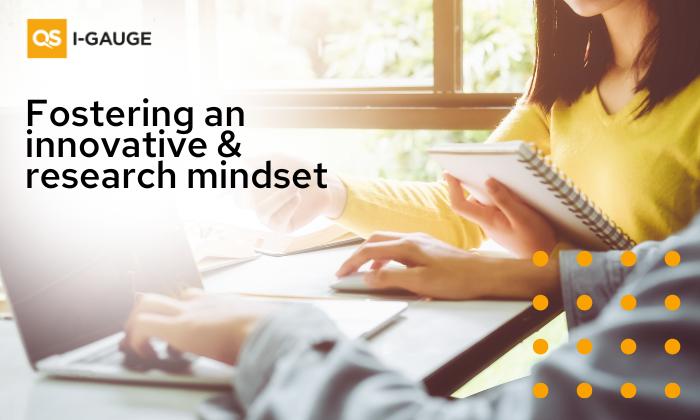
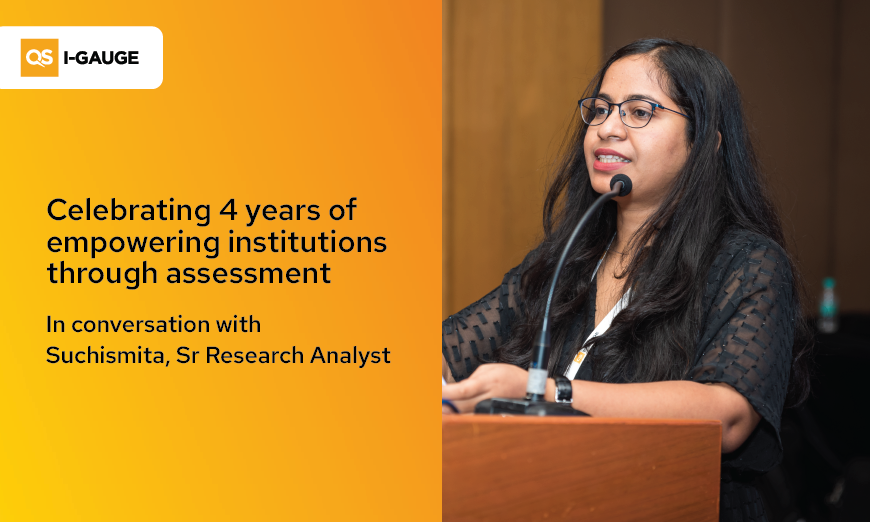
Leave Your Comments